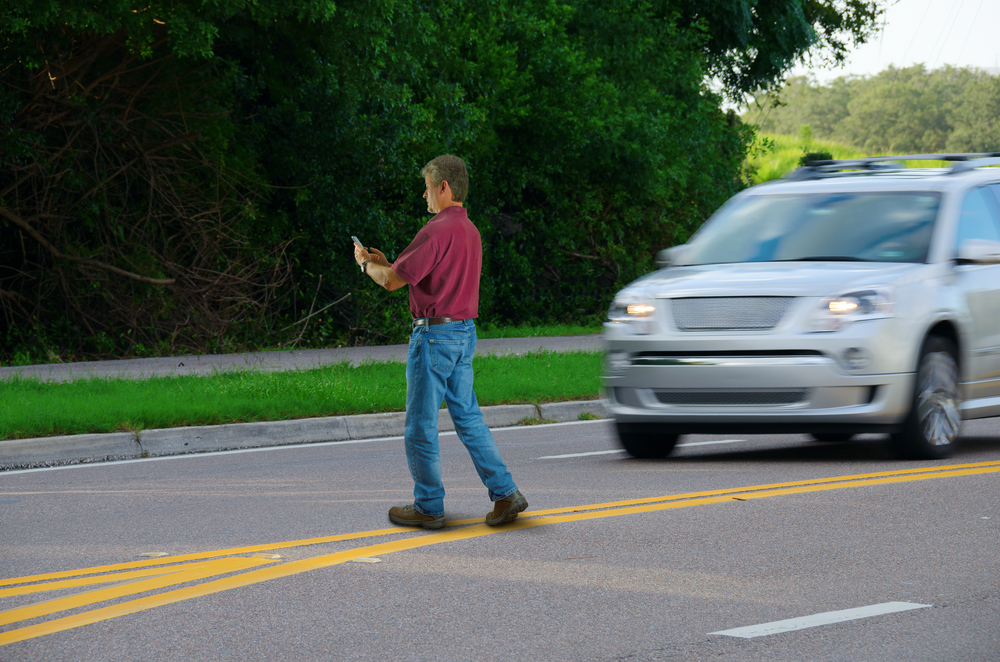by tfarino
Share
Share

Throughout the country and within small and large cities, a jaywalking accident may occur. Sometimes the fault is clear, but other times it can be a little vague, especially when there’s no video evidence. So, how do you know who’s at fault?
Who’s at Fault in a Jaywalking Accident?
When a pedestrian is hit in the middle of a street or sidewalk, people automatically assume that the person driving the car is at fault. However, the reality of the situation is that it’s not often a clear and shut case. A jaywalking accident can be somewhat challenging to determine if there is no clear video evidence. So, what happens then, who’s at fault?
Witnesses May Determine a Jaywalking Accident Ruling
As stated above, if there is no video evidence of the accident, it can be rather difficult to point the finger at one person. This is why so often, the police who are at the scene will ask people who witnessed the accident to write out a report of their account. This is extremely helpful for not only the police but the injury attorneys assigned to the case. Witness testimonials, if consistent with the story of the injured individual or person driving, can truly be the best hope for true and rapid justice.
Shared Fault
When it comes to jaywalking accidents, there is such a thing as a shared fault outcome. This occurs when both parties are liable for the accident. In the driver’s case, they may have been distracted or even speeding at the time of the accident. The pedestrian, on the other hand, had already committed a crime when they began to jaywalk across the street. As you can see, both parties are at fault for the event happening, and police can take the appropriate steps to place fines or even appoint prison time to these individuals.
Comparative Negligence
Comparative negligence is used when both parties are at fault, but one is more responsible for the accident than the other. This is often used to determine the payout for damages that occurred. Note that not all states participate in this type of ruling; some require that the guilty party is 100% liable in order for one party to gather compensation.

